- News
- Reviews
- Bikes
- Components
- Bar tape & grips
- Bottom brackets
- Brake & gear cables
- Brake & STI levers
- Brake pads & spares
- Brakes
- Cassettes & freewheels
- Chains
- Chainsets & chainrings
- Derailleurs - front
- Derailleurs - rear
- Forks
- Gear levers & shifters
- Groupsets
- Handlebars & extensions
- Headsets
- Hubs
- Inner tubes
- Pedals
- Quick releases & skewers
- Saddles
- Seatposts
- Stems
- Wheels
- Tyres
- Tubeless valves
- Accessories
- Accessories - misc
- Computer mounts
- Bags
- Bar ends
- Bike bags & cases
- Bottle cages
- Bottles
- Cameras
- Car racks
- Child seats
- Computers
- Glasses
- GPS units
- Helmets
- Lights - front
- Lights - rear
- Lights - sets
- Locks
- Mirrors
- Mudguards
- Racks
- Pumps & CO2 inflators
- Puncture kits
- Reflectives
- Smart watches
- Stands and racks
- Trailers
- Clothing
- Health, fitness and nutrition
- Tools and workshop
- Miscellaneous
- Buyers Guides
- Features
- Forum
- Recommends
- Podcast
feature
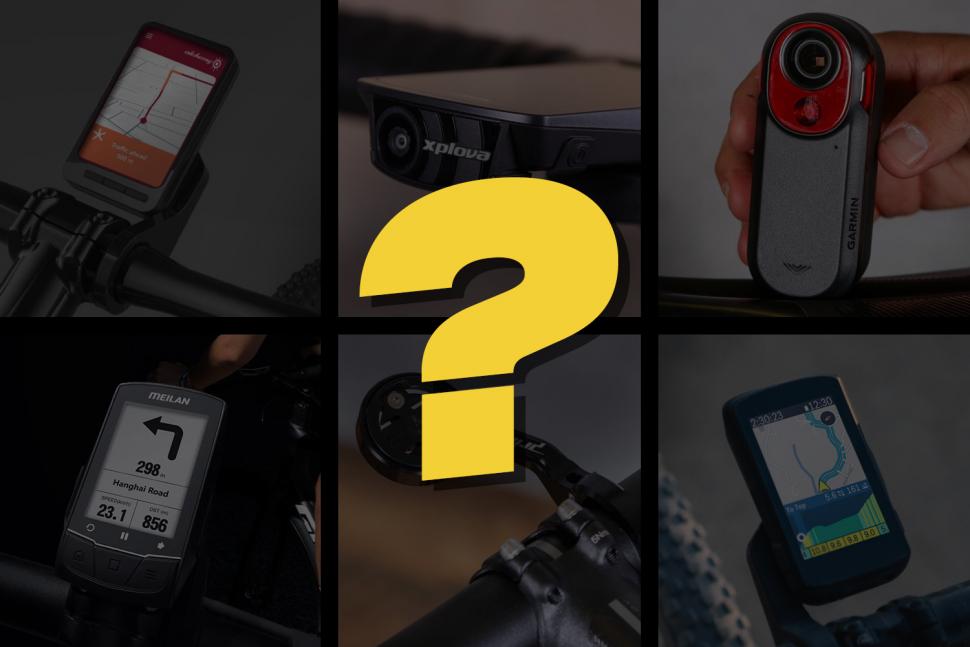 10 features that would improve next-generation GPS bike computers
10 features that would improve next-generation GPS bike computers10 features that would improve next-generation GPS bike computers
News that Garmin is set to introduce solar-powered Edge 540 and 840 bike computers got us thinking about what else we’d like to see offered by next-generation GPS bike computers, and here are 10 features we think would improve the experience.
> Secret new tech! Garmin set to release solar-powered Edge 540 and 840 bike computers
More solar charging, please
We'll start with solar charging because we think this is just about to take a big step forward. Charging up the phone, laptop, smartwatch, groupset, power meter, and whatever other gadgets we’re using is a part of life for most of us these days – hardly the most arduous of jobs but a pain in the ass when you forget.
It would be handy if we needed to recharge the bike computer less frequently. Running out of juice mid-ride is annoying, especially if you’re following a route at the time, and longer run times are particularly useful for those on multi-day epics too.
Garmin introduced the Edge 1040 Solar bike computer last year, borrowing tech from its smartwatches.
road.cc reviewer George Hill said, “I used the Garmin Edge 1040 Solar on a two-hour gravel ride on a gloriously clear day and by the end, my total battery consumption was just 4%. In a month of testing, I have only ‘had’ to charge it once, and even then it was at 20%.”
> Read our Garmin Edge 1040 Solar review here
The downside is that the Edge 1040 Solar is £629.99, over £100 more expensive than its standard Edge 1040, so there's a hefty price for the added convenience. Most of us aren’t going to spend that amount on a bike computer
That’s why it’s such good news that it looks like Garmin is just about to update the Edge 530 to become the Edge 540, and the Edge 830 to become the Edge 840, and each of them will be available in a solar-charged version.
We think the Garmin Edge 540 Solar will be US$449.99, so it’s likely to be around £399.99 in the UK (but don’t quote us on that).
Garmin is still the market leader in bike computers and other brands are bound to follow. We’d expect to see loads more solar-powered models launched over the next couple of years.
Give us better re-routing
“When do we get AI rerouting, because rerouting is rubbish on basically any bike computer ever?” asks Dave Atkinson.
You know all about re-routing, right? You’re following a route and you accidentally miss a turning, or the road is closed, or whatever.
In an ideal world, your computer instantly comes up with an adjusted route to get you back on track and, to be fair, that’s often how it works. But have you ever had your computer angrily beep and flash to tell you that you’ve gone off course, but steadfastly refused to come up with another route? Or has it ever given up on your original route and taken you on an entirely different – and worse – route? Or has it tried to take you on a gravel track when you’re on your best road bike with skinny tyres?
Re-routing has come on a lot – the Garmin Edge 1040 is better than previous models in this respect, for example – but it’s not there yet, and until it’s completely reliable a lot of people are reluctant to use it at all.
Use all that tech to improve safety
Bryton has just unveiled a new Gardia R300L bike radar tail light that can detect traffic approaching from the rear and communicate the info to a compatible bike computer, and Garmin has had its Varia system for a few years, but bike computers don’t usually do a whole lot to improve your safety.
> Read our review of the Garmin Maria RTL515
At last year’s Sea Otter Classic we spoke to a company called Spoke that’s trying to improve road safety by providing riders and drivers with hardware and software that provides real-time data about hazards through the use of wireless vehicle-to-everything (V2X) technology.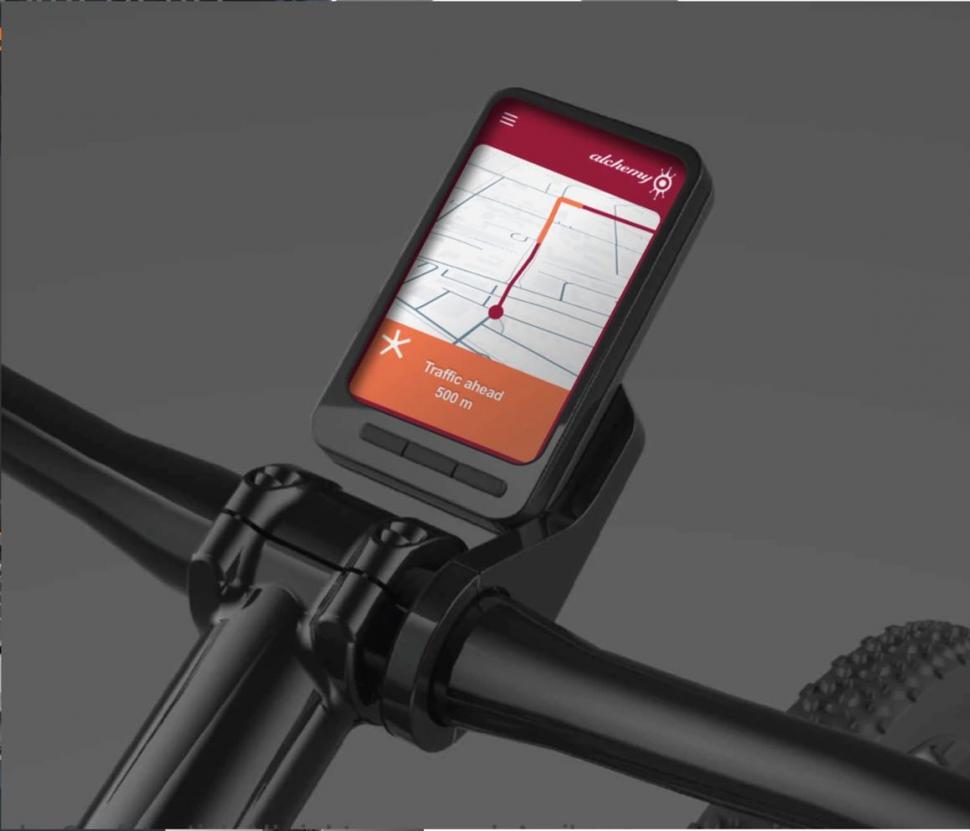
V2X is communication between a vehicle and anything it may affect, such as other road users. Spoke says it’s providing the first connected IoT [Internet of things] ecosystem “to offer secure, direct communication for contextual awareness and alerts between drivers and riders, enhancing safety for all road users”.
The tech is intended to tell riders when vehicles are approaching from behind, as well as to provide alerts when car doors are open or when vehicles are leaving parking spots.
It can provide a car driver who is indicating with an alert that a nearby bike rider is likely to pass on the inside, for instance, although there are loads of other situations that could be highlighted.
Spoke plans “to provide dedicated hardware and software to unlock C-V2X communication to the most vulnerable road users” – including cyclists. A car’s C-V2X system communicates directly with the Spoke system added to a bike; it doesn’t go via satellite so does not require network coverage.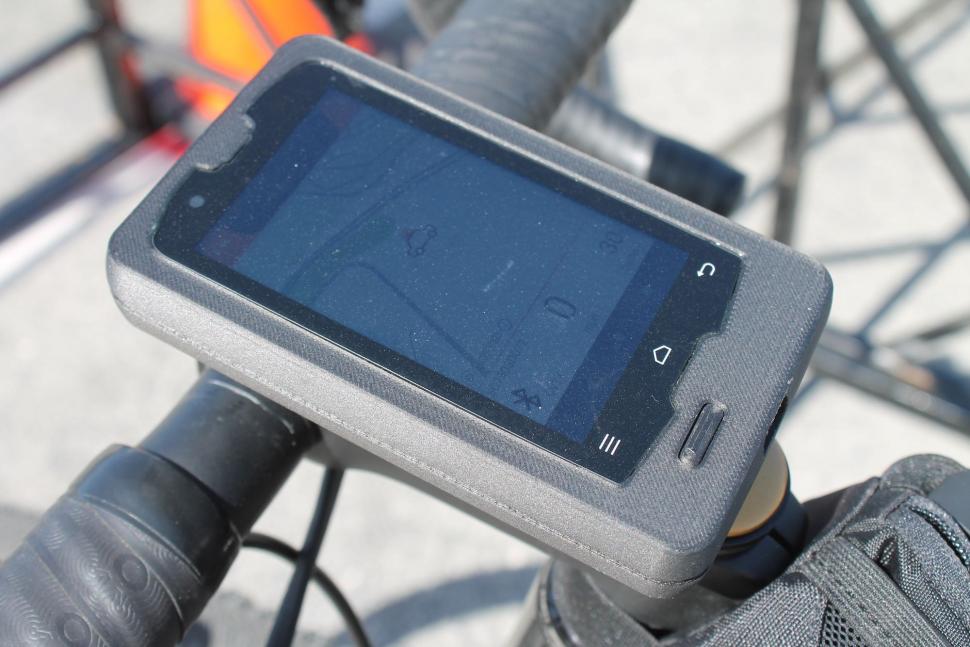
Pie in the sky? Well, this isn’t the sort of tech that’s going to be added to a normal bike computer any time soon. For a start, the brains of the operation is contained in a small black box that’s fixed to the bike – possibly under the bottle cage – or carried in the rider’s pocket. Long-term, though? Watch this space.
Give us a bell!
A simple suggestion. A bike computer is already capable of sounding alerts, surely adding volume so that it can act as a good old-fashioned bell wouldn’t be too difficult.
“I sometimes used to stop/start my Wahoo on the cycle path to try to encourage dog walkers with a very wide stance to move aside – just a more subtle alert of presence than a big cough,” says road.cc editor Jack Sexty.
Press once for a polite ping. Press twice for foghorn mode.
Do we need computer-controlled automatic signalling?
We’re not saying that automatic signalling is something we’ve ever thought of before, but it is happening.
A Chinese company called Mei Lan has introduced a smart rear light called the Cute Eye – maybe it sounds better in Mandarin – that features amber turn indicators.
As you’d expect, you can control the indicators via a Bluetooth remote on the handlebar, but when paired with Mei Lan’s GPS-enabled e-bike display in navigation mode – which is in turn paired to an app on your smartphone – the Cute Eye will automatically signal left and right turns along your planned route.
One possible worry is that you’ll confuse other road users if you’re not focused on your navigation and miss a turning.
What do you think, a good idea or not?
Lose the bezel!
Loads of people have mentioned to us that they’d like to see bike computers lose the bezel – the area on the front of a device that isn’t the screen – and have a larger screen.
road.cc forum user mpdouglas says, “Take the active screen area to the edges of the device. Why are such large expanses of black border acceptable in this day and age? What's the point of mapping functionality if you need to get a pair of reading glasses out to see anything? Borderless screens have been a thing on every other gadget type for years… There’s a reason so many people choose to mount their smartphone to the handlebars.”
A front of a touchscreen Garmin Edge 830 measures 82mm x 50mm, for instance. The screen is 52mm x 40mm, not much more than half the area. Contrast that with a modern smartphone where virtually the whole of the front is screen space.
We realise that achieving something like this is more difficult than just asking for it, but come on! Large bezels are so last decade! Let’s have some full-width screens, please.
Let's have increased light integration
You can control some lights with certain bike computers but we’d like to see an increased level of integration.
You can link a Garmin Varia Radar Taillight to a Gamin Edge computer and various other compatible computers, for instance. This not only allows you to receive radar alerts on your computer warning of approaching vehicles, but you can also control the light modes through the computer itself instead of pressing the button on the Varia. That’s handy for a rear light.
Bontrager RT series lights can also be paired with and controlled by some Garmin Edge cycling computers and Lezyne has a system that allows you to control its LED bike lights via one of its bike computers.
We’d like to see light integration from more brands and increased cross-compatibility – bike computers working with lights from multiple brands.
Enhance Predictive Path Technology
Hammerhead rolled out its Predictive Path Technology last year which allows the use of its Climber facility on all rides, even if you’re not following a route.
> Hammerhead now shows upcoming climb elevation without a pre-loaded route
 If that’s gobbledygook to you, this essentially mean that when you’re out on a ride a Hammerhead Karoo 2 computer can anticipate and identify upcoming climbs. It gives you a detailed look at the elevation so you can gauge your effort… or even bail out and take a different route if you’re not up for it.
If that’s gobbledygook to you, this essentially mean that when you’re out on a ride a Hammerhead Karoo 2 computer can anticipate and identify upcoming climbs. It gives you a detailed look at the elevation so you can gauge your effort… or even bail out and take a different route if you’re not up for it.
Climb-specific data screens or overlays with colour-coded elevation profiles are available on Garmin and Bryton cycle computers too.
> Which GPS cycle computer is best for climbing? Garmin v Hammerhead v Bryton
We were pleased when Jess Braun, Hammerhead’s VP of Product, told us in a recent feature on road.cc, “We’ll be pushing the bounds of Predictive Path Technology and bringing more things contextually to the rider that they maybe didn’t know about or didn't plan for, right as they're riding. We have this algorithm now that has some sense of what you might do, and giving you information around it.”
What, will that be? It doesn’t need to be limited to climbing information. It could offer info on descents, maybe suggest you switch to a particularly popular route or avoid certain features, or point you towards nearby amenities. It’s intriguing.
Introduce a greater level of standardisation
It's an old gripe but can we just have one type of charger/charging port, please? Most brands have now opted USB-C so it would be cool if everyone else could come in line. Cheers.
And while we're about it, computer mounts. It's another ancient moan. Most brands use a quarter-turn system... but they don't all use the same quarter-turn system. If you buy an aftermarket computer mount – or one comes with your bike – it'll probably come with different bolt-in ‘puck’ inserts to fit different computers.
Is this a good use of the world’s resources? No. Will this ever change? Probably not.
Bring back the integrated camera – it never really got going
It’s five years since Xplova introduced the X5 Evo GPS bike computer which featured an action camera. Maybe it’s time for someone to pick up that torch again.
> Read our review of the Xplova X5 Evo GPS Cycling Computer
Okay, we’ll admit the fact that the X5 Evo GPS did exist and doesn't anymore might suggest that it wasn’t an idea that took the world by storm. Fair point. However, the camera market has come on since 2018.
Our man Dave Atkinson wants a bike computer that features:
- A camera that’s always recording.
- An ultrasonic sensor measuring the distance to objects on your right.
- You set a minimum passing distance in the GPS and when things are too close it saves the footage.
He’s offering bonus points if you can pair a rear-facing camera and extra bonus points if it overlays the passing distance. Simple, then!
What features would you like to see introduced to GPS bike computers, maybe next generation, maybe further down the line? Let us know below.
Mat has been in cycling media since 1996, on titles including BikeRadar, Total Bike, Total Mountain Bike, What Mountain Bike and Mountain Biking UK, and he has been editor of 220 Triathlon and Cycling Plus. Mat has been road.cc technical editor for over a decade, testing bikes, fettling the latest kit, and trying out the most up-to-the-minute clothing. He has won his category in Ironman UK 70.3 and finished on the podium in both marathons he has run. Mat is a Cambridge graduate who did a post-grad in magazine journalism, and he is a winner of the Cycling Media Award for Specialist Online Writer. Now over 50, he's riding road and gravel bikes most days for fun and fitness rather than training for competitions.
Latest Comments
- quiff 0 sec ago
Ah, I see what you mean. I know what you mean about festering - I do sometimes resent that you end up reliving the event while processing the...
- quiff 19 min 6 sec ago
Perhaps it's unlikely. But on the trains I get into London it's not uncommon to see between 2 and 4 Bromptons tucked into the bottom of a luggage...
- quiff 27 min 59 sec ago
This is the ridiculous bit. I am allowed to cycle alongside these people on the road where the speed limit is higher. When we get inside, everyone...
- quiff 33 min 59 sec ago
Just had a very satisfying micro illustration of this. Turned into a long straight 20mph road behind a car which proceeded to vanish into the...
- SimonMac 36 min 49 sec ago
My previous business (a software company) was repeatedly targeted by thieves breaking in and stealing projector, monitors etc. (this was early...
- momove 1 hour 32 min ago
We should be championing and promoting this - it shows it can be done. ...
- momove 1 hour 35 min ago
I presume they're not idiots and know perfectly well the difference. They just choose to pretend the two are the same.
- mdavidford 3 hours 53 min ago
Didn't happen.
- Gbjbanjs 4 hours 7 sec ago
I thought MvDP win yesterday was brilliant. Not to detract from the moron who threw this bottle but MvDPs reaction at the time was so on brand for...
- Bob Sprocket 5 hours 8 min ago
F. UCI , F. Warners

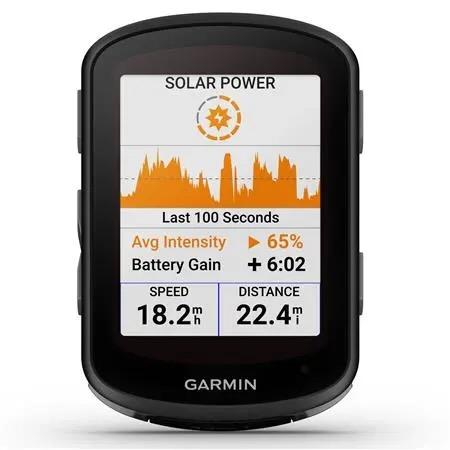
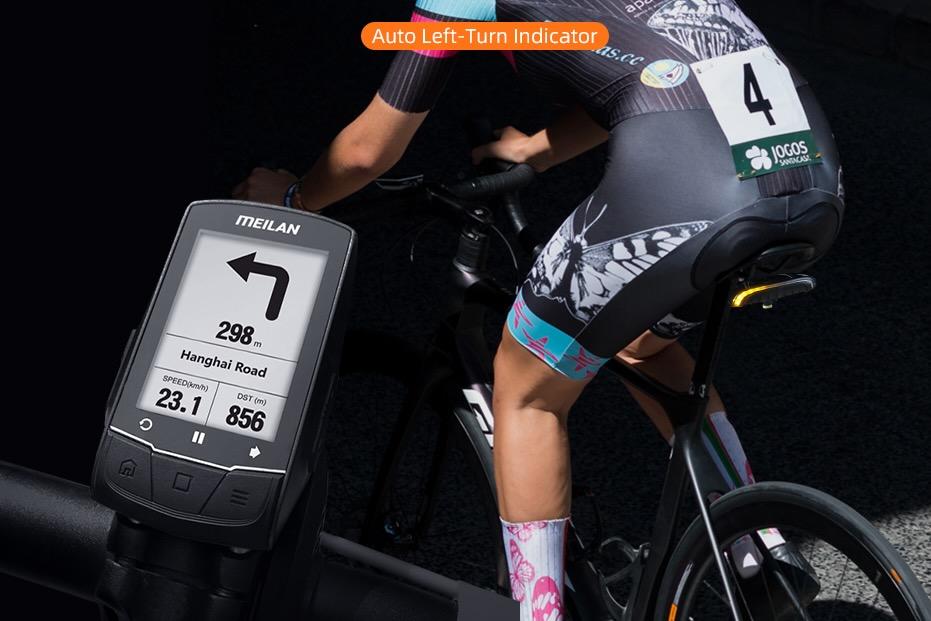
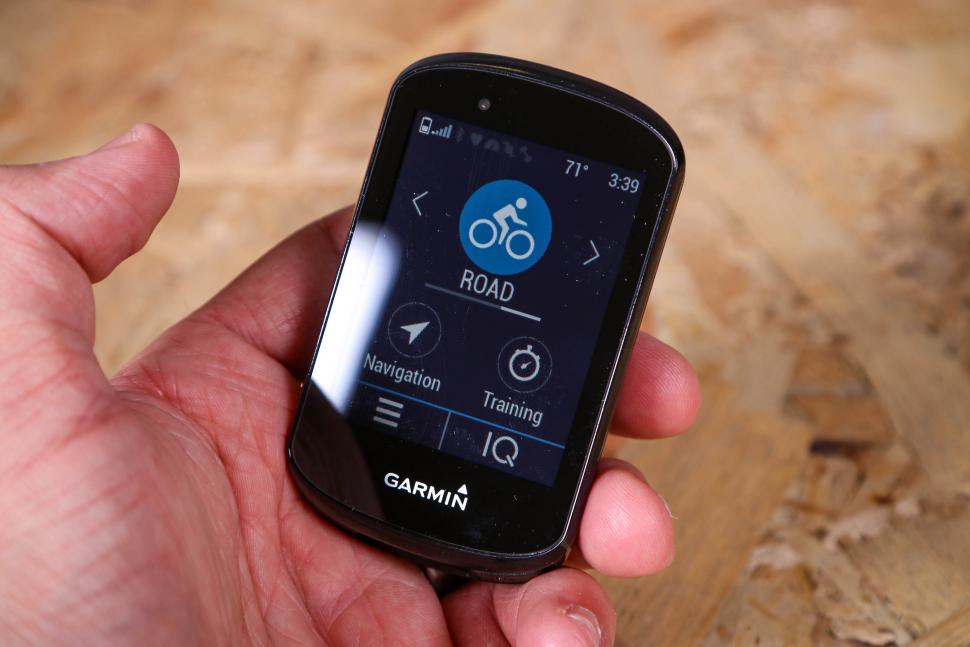

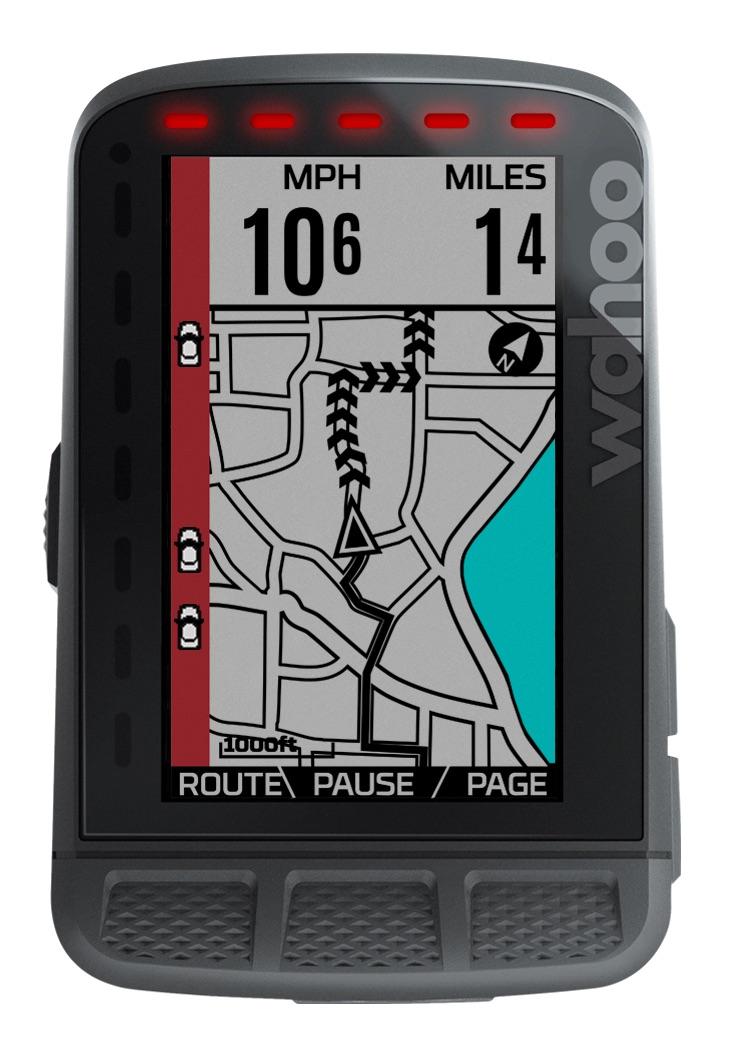


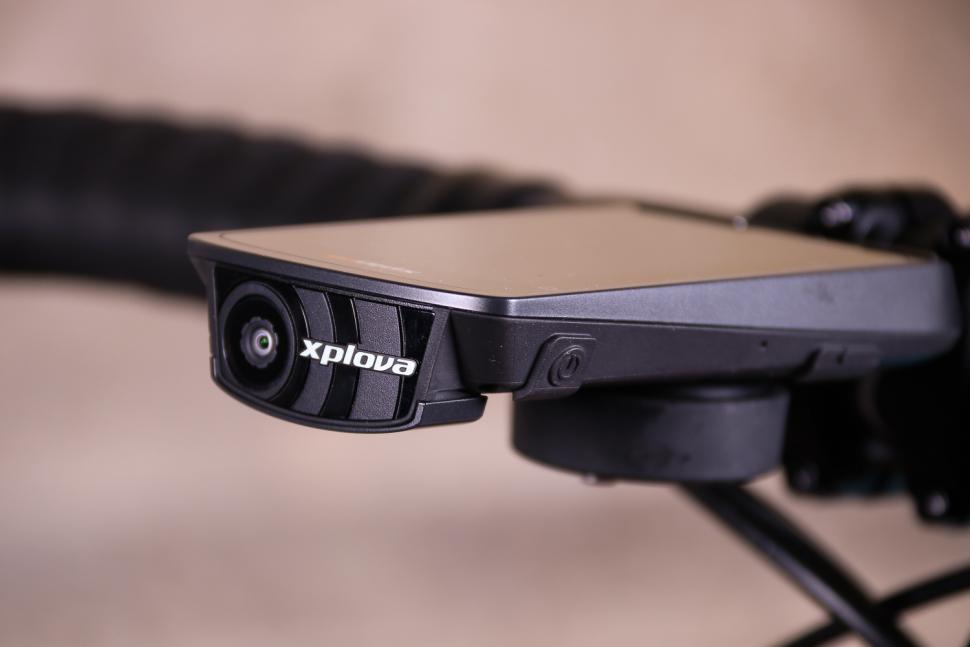
Add new comment
10 comments
"Our man Dave Atkinson wants a bike computer that features:
- A camera that’s always recording.
- An ultrasonic sensor measuring the distance to objects on your right.
- You set a minimum passing distance in the GPS and when things are too close it saves the footage.
He’s offering bonus points if you can pair a rear-facing camera and extra bonus points if it overlays the passing distance."
That's a lot of technology and expense for the opportunity to report close passing motorists, with the additional risk of no further action from your police service who don't understand the science, assuming they care.
The road danger is avoidable by spending a whole pound on 150cm of 15mm white plastic pipe attached to the seat tube, perpendicular to the top tube on the off side. Thus the spacially inept are shown what the minimum acceptable separation to another vehicle is. Thus passing in the other lane becomes standard and not the exception.
Cheap, effective and available to all who can find a hardware store.
This option tried and tested for more than two years but sample size of one, your experience may vary. Yes, it's unusual but that's the point - to be noticeable.
A good start would be for Garmin to stop shipping their devices with such a fugly bar mount. My 530 came with a big, chunky plastic lump of an eyesore that defaces any bike unlucky enough to have it attached to the bars. I shouldn't have to pay someone like K-Edge £50 for $2 worth of aluminium. Come on Garmin. Your units aren't cheap; give us an an elegant clamp.
I wish Apple would enter the market.
User replaceable batteries. I'm about to replace an otherwise perfectly functional Edge 130 because the battery is knackered. Yes it adds a few grams and mm to the unit but cycling should be doing all it can to enable sustainable consumer decisions.
Try these people?
http://satnavspecialist.co.uk/product-category/garmin-repairs/
Thanks - that's much cheaper than I've been quoted locally, makes it worthwhile to have done.
I found loads of people on eBay willing to fix Garmin devices recently, in the end I got the charging port replaced for £21 including tracked postage back the next day.
I suspect the problem is not the battery, but the cost of a case that can be opened and remain waterproof. My 800 battery lasted 5 or 6 years with being used up to 3 times a week. I'm expecting my 830 to last longer as the battery life is massively improved so I am only recharging it every 4 rides or so (50+ miles a ride, recharging when down to about 20%), whereas the 800 could barely do 2 rides when new.
Chances are that things like the charging connector will fail along with the battery. 830 still uses USB-B but I'm not convinced the USB-C is any more robust having had issues on a phone.
Longer battery life or replaceable batteries, please (that don't cost almost as much as a new unit). It's a bit clunky on the handlebars, but I keep my Garmin eTrex Legend HCx as an AA battery powered back up device.
A few counter comments.
1. ref the screen bezels. Would be nice for a bigger screen but!! - Touch screens are not as good as physical buttons on a gps bike computer. If I'm not wearing gloves I usually have sweaty hands. Neither are great at tapping a screen. A solid predictable button will always work best. In the same way physical buttons in your car for aircon or heating etc are better than trying to use a touch screen when driving. You know it's there without looking.
2. Integrated cameras. Just another thing to go wrong. I'd rather keep them separate. If one breaks I still have the other.
Well, Garmin eTrex Legend was perfectly capable of rerouting. They used routes and tracks back then, so in BaseCamp you put up to 50 points on the map - rarely needed so many, just extra around mapping glitches. When you loaded a route onto the Legend it recalculated the route - which got interesting as there were differences in the mapping and in the routing algorithms!
I think with the maturer mapping, the time has come to revive the waypoint model which is what routes were - you put points where you had to be and relied on the mapping to sort out the rest, with intermediate points to represent "vias".
When you started off course, you would get an alert and normally a U-turn prompt, but if you went a bit further it would recalculate a route to the next waypoint. It had some trickery to pick up when you'd omitted a waypoint, which I think was something like picking up the route from the not yet omitted waypoint, but it might have been a distance thing.
It's what I used for walking and in my early road biking days before I got an 800, and it baffled me why the flagship bike computer would have worse mapping than my old walking computer.